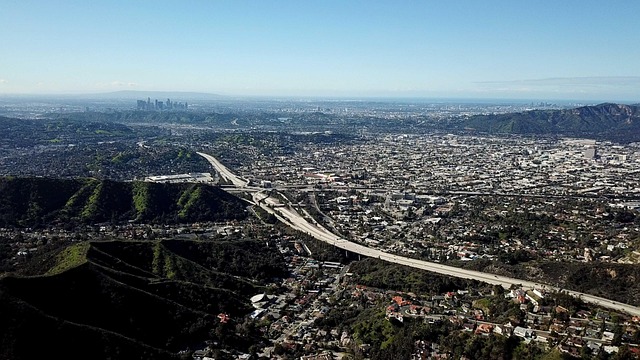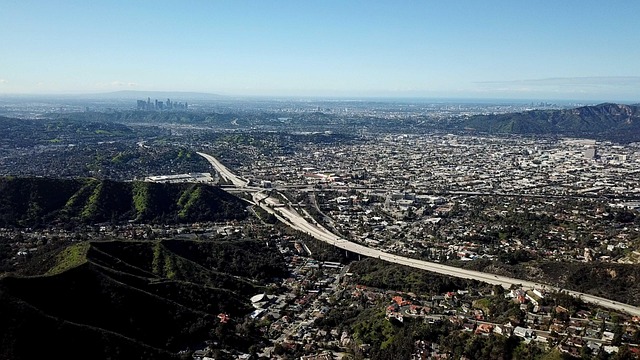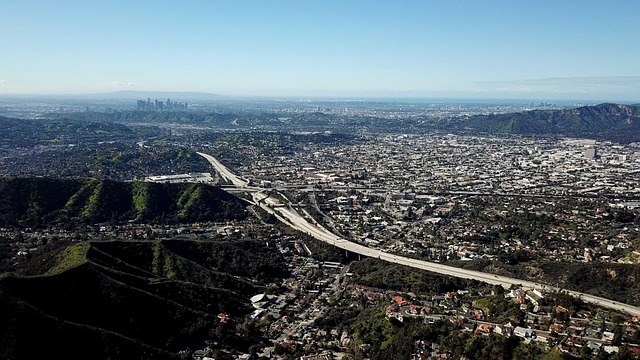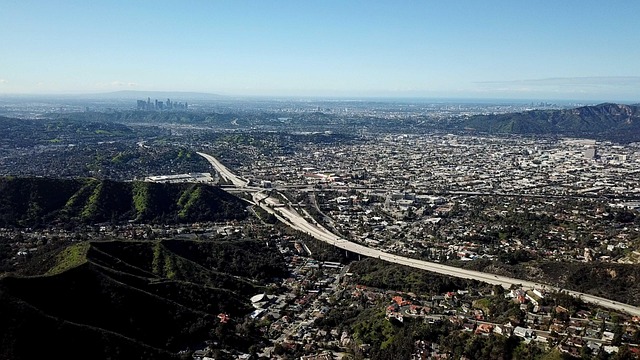Real estate developers and urban planners prioritize factors like accessibility, digital connectivity, proximity to employment hubs, and amenities to create vibrant business districts. Analyzing market trends, demand, foot traffic, and occupancy rates helps identify high-growth areas. Strategic land use planning with mixed-use developments promotes 24/7 economic activity and sustainable growth. Robust infrastructure, including efficient transportation networks and reliable utilities, drives property value and attracts businesses and residents, fostering dynamic urban communities.
“Business districts and neighborhoods are evolving at a rapid pace, driven by market dynamics, technological leaps, and community-focused initiatives. This article explores the multifaceted process of cultivating thriving urban spaces. From identifying key growth factors in business districts, such as understanding market trends, infrastructure, and technology, to creating vibrant neighborhoods that balance commercial, residential, and recreational elements, we delve into strategies that foster a sense of belonging. Additionally, we analyze real estate investment opportunities and challenges in these evolving areas, highlighting the importance of diverse property types, regulatory considerations, and long-term sustainability.”
Identifying Factors for Growth in Business Districts

Identifying factors for growth in business districts is crucial for real estate developers and urban planners aiming to foster vibrant neighborhoods. Key drivers often include accessibility, infrastructure, and proximity to employment hubs. Easy access to public transportation, well-maintained roads, and robust digital connectivity attract businesses and residents alike, creating a positive feedback loop that fuels further development.
Additionally, the presence of amenities like quality schools, healthcare facilities, and recreational spaces enhances the desirability of an area. Strategic land use planning, incorporating mixed-use developments with residential, commercial, and retail spaces, can create thriving business districts that support 24/7 economic activity. These multifaceted approaches ensure sustainable growth, transforming urban landscapes into dynamic, interconnected communities.
– Understanding market trends and demand

Understanding market trends and demand is a cornerstone in shaping vibrant, growing business districts and neighborhoods. Real estate professionals must stay abreast of shifting consumer preferences, economic indicators, and demographic changes to anticipate areas with high growth potential. By analyzing foot traffic patterns, occupancy rates, and rental or sales data, developers and investors can identify up-and-coming locations that cater to evolving needs. This strategic approach ensures that new developments align with the market demand, fostering a dynamic environment that attracts businesses, residents, and visitors alike.
Market insights play a pivotal role in decision-making processes, guiding the planning and implementation of mixed-use projects. These initiatives often blend residential, commercial, and recreational spaces, creating diverse, walkable neighborhoods. Such integrated developments cater to various demographics, promoting a vibrant community atmosphere. By understanding market trends, real estate stakeholders can contribute to the urban landscape, nurturing areas that become pulsating centers of activity and social interaction.
– Role of infrastructure and transportation networks

The growth and vibrancy of business districts and neighborhoods are significantly influenced by robust infrastructure and well-developed transportation networks. Efficient roads, public transit systems, and reliable utilities like water, electricity, and internet connectivity serve as the backbone of any thriving urban area. These essential components not only facilitate daily commutes but also attract businesses and residents alike, creating a positive feedback loop that drives economic development.
In real estate, accessibility plays a pivotal role in property value and market demand. Neighborhoods with well-connected infrastructure tend to offer easier access to employment opportunities, retail centers, and leisure facilities, making them highly desirable for potential buyers and renters. As urban areas evolve, investing in and enhancing transportation networks remains crucial to ensure continued prosperity and sustain the dynamic nature of business districts and vibrant neighborhoods.






